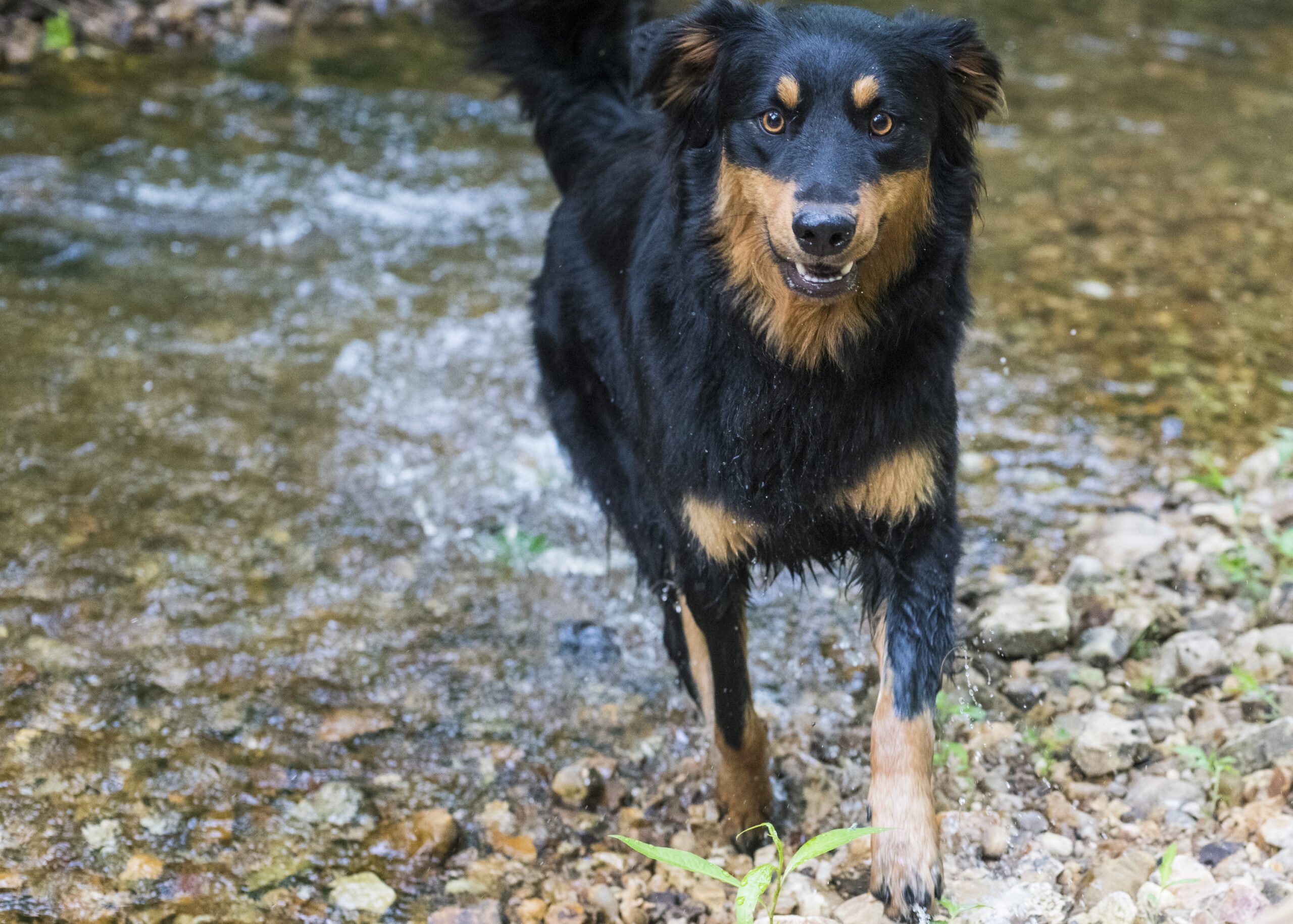Abstract
This article discusses the significance of cultural appreciation in the conservation of rare working dog bloodlines. By highlighting the cultural, functional, and genetic importance of these breeds, we emphasize the need for increased awareness, community engagement, and responsible breeding practices. Through these efforts, we can help preserve the unique traits and historical significance of rare working dog breeds for future generations.
The conservation of a rare working dog bloodline is essential not only for maintaining genetic diversity but also for preserving cultural heritage and the unique traits that these dogs possess. Cultural use and appreciation play a crucial role in the conservation process, and here’s why:
Cultural significance
Rare working dog breeds often hold cultural importance, being deeply entwined with a region’s history, traditions, and way of life. Appreciating and promoting the cultural value of these breeds creates awareness and fosters a sense of responsibility among communities to preserve these living legacies.
Functional utility
Many rare working dog breeds have developed specialized skills to perform specific tasks, such as herding, hunting, or guarding. By promoting and utilizing their unique abilities, we can help maintain the bloodline and ensure that these valuable skills are not lost to future generations.
Genetic diversity
Conserving rare working dog bloodlines helps maintain overall genetic diversity within the canine population. This is important for the long-term health and adaptability of dogs as a species. Cultural appreciation can contribute to these conservation efforts by encouraging responsible breeding practices and discouraging inbreeding.
Education and awareness
Emphasizing the cultural aspects of rare working dog breeds can help educate the public about their importance, history, and role in society. This increased awareness can inspire responsible ownership, breeding practices, and support for conservation initiatives.
Community engagement
Cultural appreciation of rare working dog breeds fosters a sense of pride and belonging within the community. This can lead to increased involvement in conservation efforts, such as supporting local breeders, participating in events showcasing the breed, or contributing to fundraising efforts for breed-specific organizations.
Heritage preservation
By appreciating and using these rare working dog breeds in their traditional roles, we help to preserve the cultural heritage associated with them. This is important not only for maintaining a connection to the past but also for ensuring that future generations can appreciate and benefit from these unique and valuable canine companions.
Conclusion
In conclusion, the cultural use and appreciation of rare working dog bloodlines are crucial for their conservation. By acknowledging their importance in history, tradition, and functionality, we can encourage responsible breeding practices, promote community engagement, and ultimately help to preserve these unique and valuable breeds for future generations.

